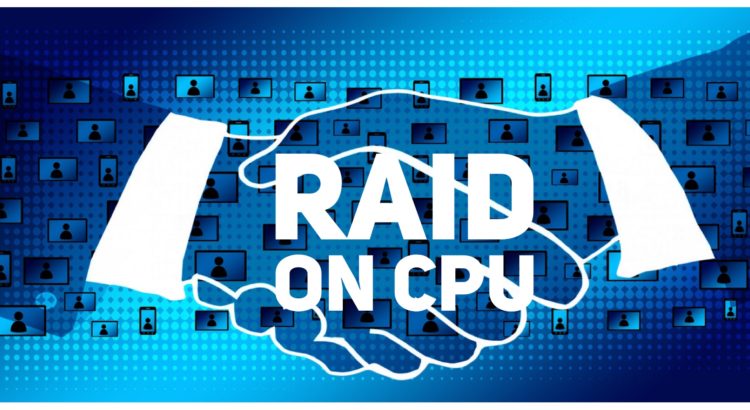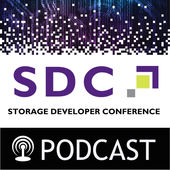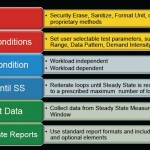Posted by Marty Foltyn
Tomorrow is the last day to register online for next week’s Storage Developer Conference at the Hyatt Regency Santa Clara. What better incentive to click www.storagedeveloper.org and register than to read about the amazing keynote and featured speakers at this event – I think they’re the best since the event began in 1998! Preview sessions here, and click on the title to download the full description.
Bev Crair, Vice President and General Manager, Storage Group, Intel will present Innovator, Disruptor or Laggard, Where Will Your Storage Applications Live? Next Generation Storage and discuss the leadership role Intel is playing in driving the open source community for software defined storage, server based storage, and upcoming technologies that will shift how storage is architected.
Jim Handy, General Director, Objective Analysis will report on The Long-Term Future of Solid State Storage, examining research of new solid state memory and storage types, and new means of integrating them into highly-optimized computing architectures. This will lead to a discussion of the way that these will impact the market for computing equipment.
Jim Pinkerton, Partner Architect Lead, Microsoft will present Concepts on Moving From SAS connected JBOD to an Ethernet Connected JBOD . This talk examines the advantages of moving to an Ethernet connected JBOD, what infrastructure has to be in place, what performance requirements are needed to be competitive, and examines technical issues in deploying and managing such a product.
Andy Rudoff, SNIA NVM Programming TWG, Intel will discuss Planning for the Next Decade of NVM Programming describing how emerging NVM technologies and related research are causing a change to the software development ecosystem. Andy will describe use cases for load/store accessible NVM, some transparent to applications, others non-transparent.
Richard McDougall, Big Data and Storage Chief Scientist, VMware will present Software Defined Storage – What Does it Look Like in 3 Years? He will survey and contrast the popular software architectural approaches and investigate the changing hardware architectures upon which these systems are built.
Laz Vekiarides, CTO and Co-founder, ClearSky Data will discuss Why the Storage You Have is Not the Storage Your Data Needs , sharing some of the questions every storage architect should ask.
Donnie Berkholz, Research Director, 451 Research will present Emerging Trends in Software Development drawing on his experience and research to discuss emerging trends in how software across the stack is created and deployed, with a particular focus on relevance to storage development and usage.
Gleb Budman, CEO, Backblaze will discuss Learnings from Nearly a Decade of Building Low-cost Cloud Storage. He will cover the design of the storage hardware, the cloud storage file system software, and the operations processes that currently store over 150 petabytes and 5 petabytes every month.
You could wait and register onsite at the Hyatt, but why? If you need more reasons to attend, check out SNIA on Storage previous blog entries on File Systems, Cloud, Management, New Thinking, Disruptive Technologies, and Security sessions at SDC. See the full agenda and register now for SDC at http://www.storagedeveloper.org.


 can get a “sound bite” of what to expect by downloading SDC podcasts via
can get a “sound bite” of what to expect by downloading SDC podcasts via 
